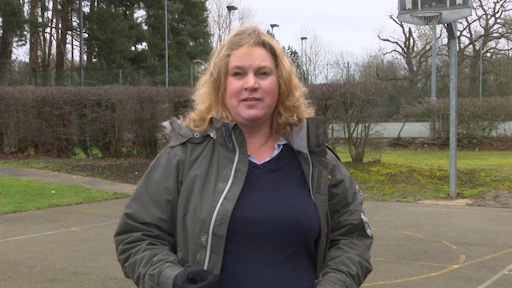4 How the ISS stays up there
The ISS is just a satellite in orbit. It wasn’t launched in one go. It is a combination of many smaller satellites launched over several years and joined together. It is obviously a massive satellite when compared with the others. It does occupy a very low orbit though, mainly to avoid all of the other satellites and especially space debris. This was shown graphically in the film Gravity (2013)!
However, because of this relatively low orbit on the edge of the Earth’s atmosphere, the ISS must be reboosted occasionally. The Earth’s atmosphere slows it down, resulting in the ISS falling slowly back to Earth.
You can now test your knowledge in the next activity.
Activity 6 A test on the ISS
a.
400 km
b.
10 km
c.
1000 km
d.
Near the orbit of the Moon
e.
100 000 km
The correct answer is a.
a.
7%
b.
70%
c.
0.07%
The correct answer is a.
Answer
This is about 7%.
a.
28 000 km/h
b.
100 km/h
c.
1000 km/h
The correct answer is a.
Answer
The ISS’s speed is approximately 28 000 km/h.
But what keeps the ISS in orbit around the Earth? Your first (and correct) answer is probably ‘gravity’. This ‘force’ of gravity’ gives the feeling of weight. But people often mix up scientific terms in everyday speech. For example, how often do you hear people saying that they need to lose weight? Mass and weight are not the same. Mass is a measure of the amount of ‘stuff’ you have and is measured in kg, whereas weight is a force, due to gravity, which is measured in N.
This force of gravity helps the ISS to orbit the Earth in a similar way to the Moon orbiting the Earth. The speed of the ISS and the Moon around the Earth are just enough to keep them orbiting.
You know that the Moon is a natural satellite of the Earth (that is, not manufactured), but what types of satellite are launched by humans into orbit? Two particularly distinct orbit trajectories are:
- geostationary – staying above the same part of the Earth (for example, Sky TV)
- polar orbiting (for example, monitoring weather systems).
These are shown in Figure 12.
Various global positioning and communication satellites are placed in orbits that are somewhere between geostationary and polar.
But how else other than gravity does the ISS stay in motion around the Earth? The answer to this is circular motion. Watch Video 3 which demonstrates circular motion with water in a bucket. Pay attention to what happens to the water when the swinging motion is stopped.

Transcript: Video 3 Circular motion of water.
In the next video, circular motion is demonstrated using a bicycle. Watch this video before moving onto the first practical experiment in this course.


